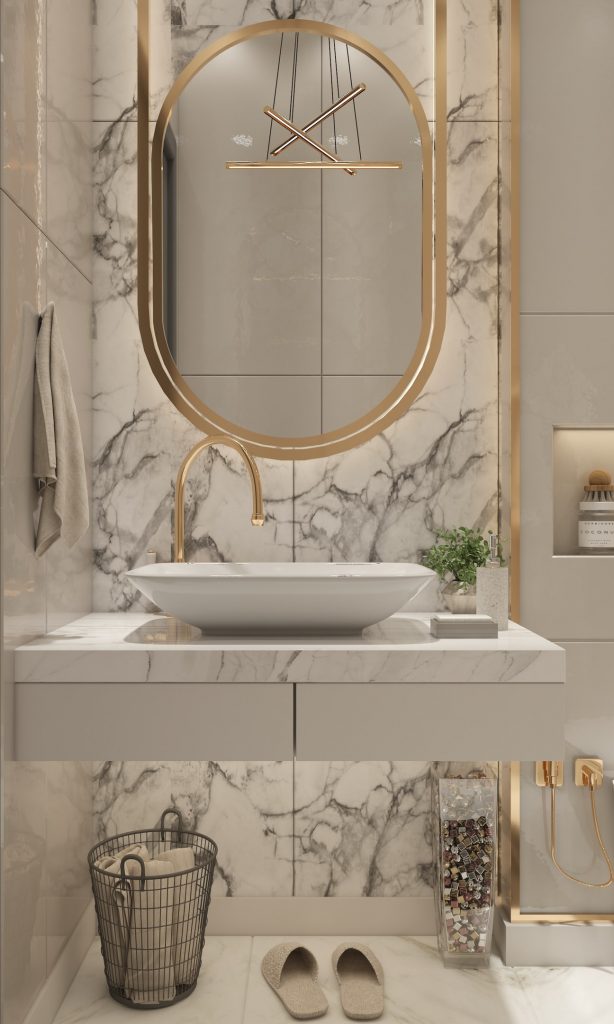
How To Choose The Right Faucets?
When buying faucets, many buyers use the material and design as a guide to choosing the best one for their bathroom designs. Since the faucet material is critical in your choice, it is best to use the pros and cons to make the right choice.
Brass
Brass is one of the most favoured materials because it can be used for retro and modern styles. Brass faucets are often mixed with either nickel or chromium. These materials increase this metal’s resistance to corrosion, extreme temperatures, and damage.
Brass is malleable, so it can be designed into any shape. This is why faucets made of brass tend to have unique designs.
Brass is usually not affected by cleaning solutions, including those that contain acid. However, to keep it from changing colour, brass is often polished.
One of the downsides of brass is it is expensive.
Copper
Copper faucets have a golden pink hue. However, faucets made of copper are rare because of their price. So, to make use of its benefits, copper is often used as a coating.
Some of the advantages of copper include its resistance to extreme temperatures. It also does not react to chemicals, and it does not rust.
Stainless Steel
Faucets made of stainless steel are probably the most popular. This is because Stainless Steel is strong, durable, corrosion-resistant, and wear-resistant.
There are instances when Stainless Steel faucets are coated with copper, Bronze, silver, chrome, and gold. Such faucets tend to be bought for aesthetics, over functionality. In its natural form, Stainless Steel is more durable than those with mixes.
Glass
Glass is the least common faucet material because it is fragile. However, this has not prevented some manufacturers from making faucets from glass. Sometimes, multi-coloured lights are added to glass faucets for a dramatic effect.
Unfortunately, the disadvantages of glass faucets outweigh their advantages. For example, glass faucets are expensive, and they break easily.
Bronze
Bronze faucets are strong, durable, and corrosion-resistant. Since they expand easily, Bronze can be manipulated into various shapes. Another advantage is that bathroom faucets made from Bronze are easy to clean.
Unfortunately, in its natural state, Bronze tends to lose its sheen. This causes the faucets to appear old even when they are still new. To keep this from happening, a coating is usually done on the faucet to preserve its appearance.
The price of Bronze is off-putting. This explains why bronze faucets are not common.
| Material | Pros | Cons |
Brass | – Great for modern and retro faucets.-Variety of designs.-Temperature resistant.-Rust resistant-Damage resistant | -Cannot be used alone. It is often mixed with nickel or chromium.-Slightly expensive |
Bronze | -Durable-Rust-resistant-Strong-Easy to clean | -Loses colour without the protective coating-Expensive |
Copper | -Heat resistant-No chemical reactions-Attractive hue | -Expensive |
Stainless Steel | -Readily available-durable-Strength-Rust-resistant-Wear-resistant-Can be coated with gold, silver, copper, chrome, and bronze. | -Coated stainless steel is not as durable as stainless steel in its natural state. |
Glass | -Attractive | -Breaks easily |
These are the common materials used for making bathroom faucets. Some of the similarities between the different materials are their durability, flexibility, and rust resistance. Faucet manufacturers are always looking for ways to make faucets that offer value for money.